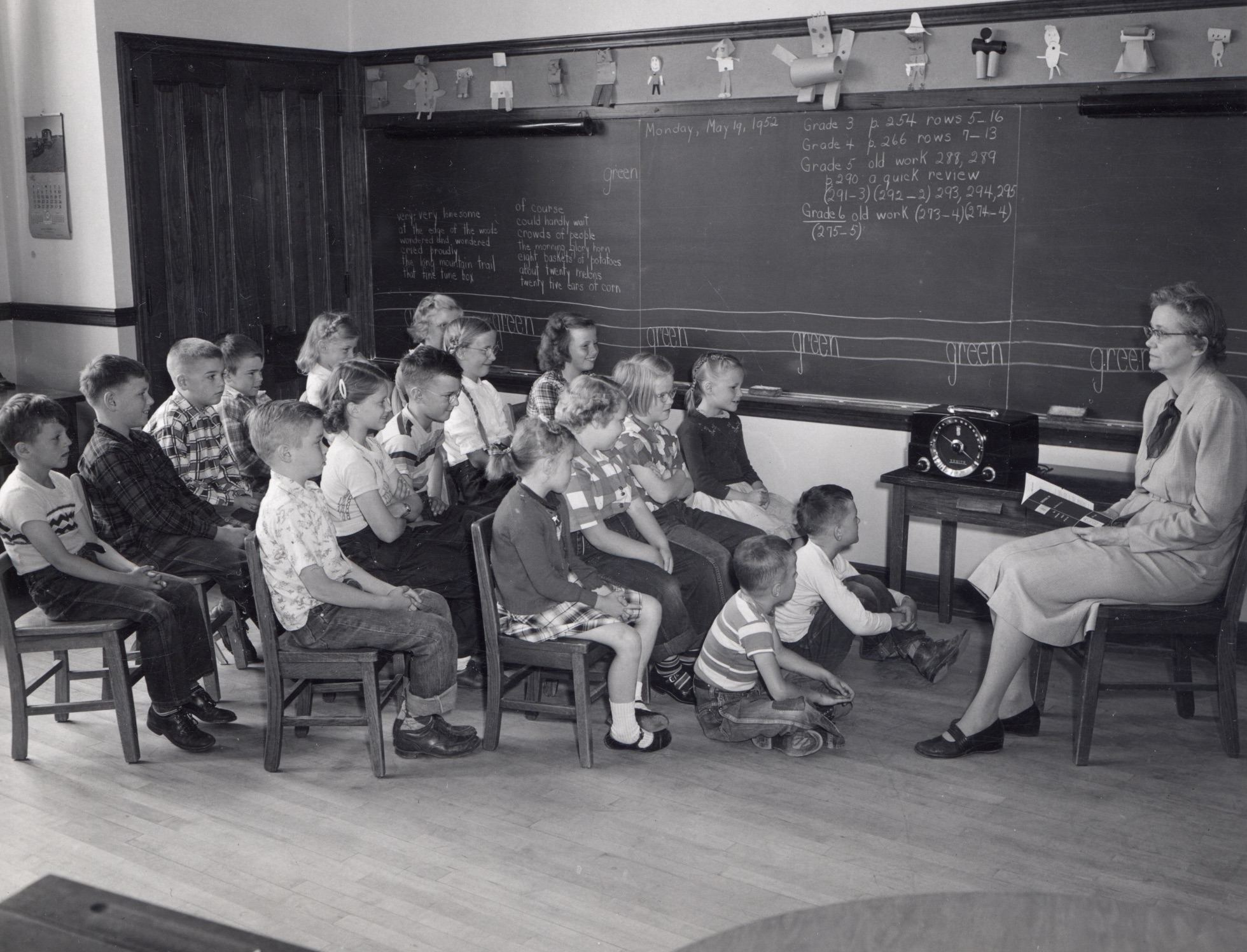System/Policy
Journalists don’t have to be sidelined from community involvement
A survey finds wide agreement that reporters can participate in churches and coach sports but should avoid roles that involve fundraising or ...Community radio’s role is to train journalists, not police contributors’ personal lives
WORT’s reporters follow a code of ethics but are free to support causes they care about.To set expectations for upholding ethics, build a ‘culture of discussion’
Oregon Public Broadcasting’s ethics code asks all employees to discuss plans for off-the-clock political activities with their supervisors.Las Vegas university opts to keep control of radio station
The university has been “re-envisioning” the station to make it more self-sustaining and to increase student involvement.Battered by political agendas, ‘The Wisconsin Idea’ lives on in public broadcasting
A century-old progressive philosophy in the state has withstood decades of attacks from state leaders.After ban, Baltimore public radio reporter is back at mayor’s press conferences
At a press conference Wednesday, Burns returned to his usual seat near the front of the room.Roots of public broadcasting can be found in Wisconsin’s vision
The progressive “Wisconsin Idea” gave purpose to early educational broadcasting.How the spectrum auction could save journalism
The use of public airwaves has always come with public obligations. But nobody seems to be asking what the people are getting ...Pubmedia leaders should seek ‘creative ways’ to explore country’s deep divisions
Newsrooms need to address partisan audiences while also staying vigilant for encroachments on human rights.As power shifts in Washington, pubcasting has allies in key posts
Three powerful congressional chairmen who support public broadcasting will continue in their key roles in both the House and Senate.Responsibility for building trust in local stations starts at the top
When managers of news organizations state partisan views in public, it raises important questions about the appearance of bias.Scholars, archivists partner on public media history project
The project aims to “map the history of public broadcasting in the U.S.”FCC commissioner calls for Dish to carry Virgin Islands PBS station
Must-carry regulations do not apply because the Virgin Islands is not a Nielsen Designated Market Area.Nevada Public Radio expands to Reno with signal purchase
The Sun Valley frequency overlaps with the coverage area of two other public radio stations serving Reno.Podcasts’ strong ad sales help NPR reach second year of budget surplus
“I think you can expect the growth that we saw to continue through the first quarter of 2017,” said Bryan Moffett, g.m. ...













